Convenience and Accessibility
The convenience factor plays a significant role in shaping the Almond Milk Market. As lifestyles become busier, consumers are increasingly seeking products that are easy to incorporate into their daily routines. Almond milk is often available in ready-to-drink formats, making it a convenient option for on-the-go consumption. Additionally, the growing presence of almond milk in retail outlets and online platforms enhances its accessibility to a broader audience. Market data suggests that the availability of almond milk in various formats, including shelf-stable and refrigerated options, is likely to drive further growth in the Almond Milk Market, as consumers prioritize convenience in their purchasing decisions.
Flavor and Product Innovation
Innovation in flavors and product offerings is a notable driver for the Almond Milk Market. Manufacturers are continuously exploring new flavor profiles and formulations to cater to diverse consumer preferences. The introduction of flavored almond milk, such as vanilla and chocolate, has broadened the appeal of almond milk beyond its traditional unsweetened variant. Market analysis suggests that these innovations have contributed to increased sales and consumer interest, as individuals seek variety in their dietary choices. This trend indicates that the Almond Milk Market is poised for further growth as brands continue to innovate and expand their product lines.
Rising Veganism and Plant-Based Diets
The increasing adoption of veganism and plant-based diets appears to be a pivotal driver for the Almond Milk Market. As consumers become more health-conscious, they are gravitating towards dairy alternatives that align with their dietary preferences. Reports indicate that the plant-based milk segment, including almond milk, has witnessed a substantial growth rate, with almond milk alone accounting for a significant share of the non-dairy milk market. This trend suggests that the Almond Milk Market is likely to expand further as more individuals seek out alternatives to traditional dairy products, driven by ethical considerations and health benefits associated with plant-based diets.
Health Benefits and Nutritional Awareness
The Almond Milk Market is experiencing a surge in demand due to heightened awareness of health benefits associated with almond milk. Rich in vitamins and low in calories, almond milk serves as a nutritious alternative to cow's milk. Studies indicate that almond milk is often fortified with essential nutrients such as calcium and vitamin D, making it an appealing choice for consumers seeking healthier options. The market data suggests that the almond milk segment has grown significantly, with sales increasing as consumers prioritize products that contribute to their overall well-being. This focus on health and nutrition is likely to continue driving the Almond Milk Market forward.
Sustainability and Environmental Concerns
Sustainability has emerged as a crucial factor influencing consumer choices, thereby impacting the Almond Milk Market. As environmental concerns grow, consumers are increasingly opting for products that are perceived as more sustainable. Almond milk, often viewed as a more eco-friendly alternative to dairy milk, aligns with this trend. The production of almond milk generally requires fewer resources compared to traditional dairy farming, which resonates with environmentally conscious consumers. Market data indicates that brands emphasizing sustainable practices are likely to capture a larger share of the Almond Milk Market, as consumers seek to minimize their ecological footprint.
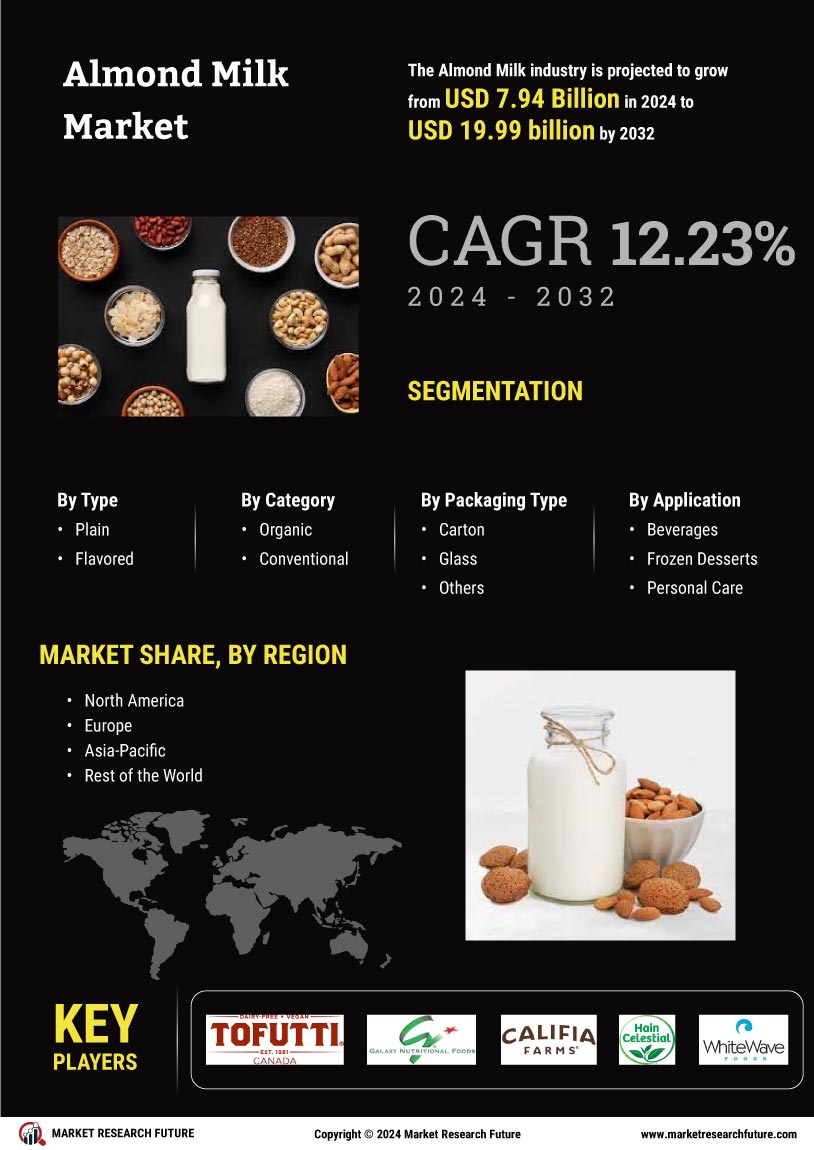

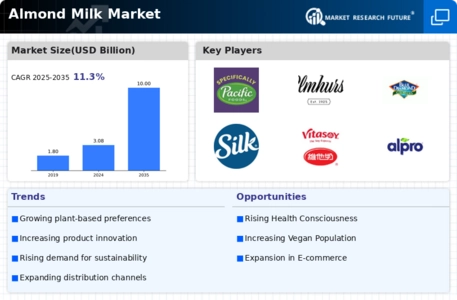
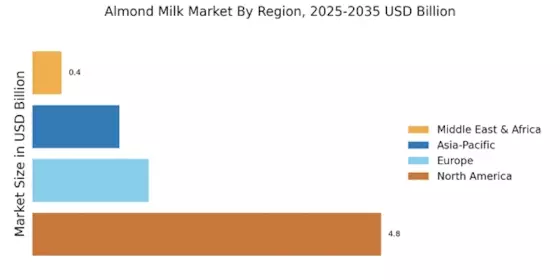
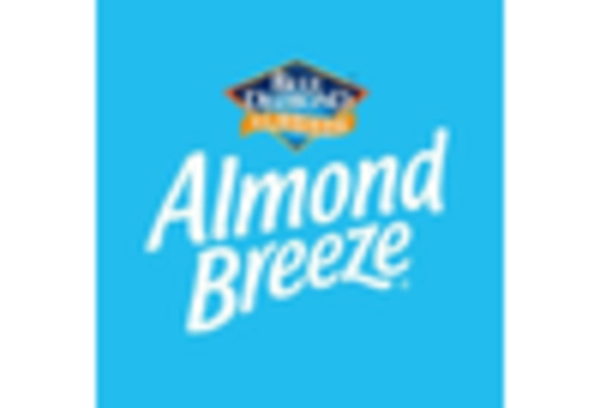
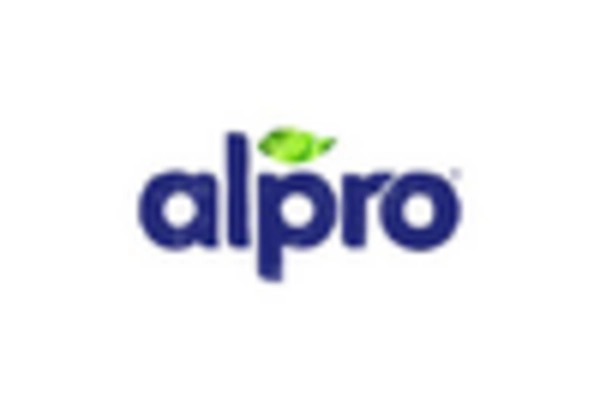

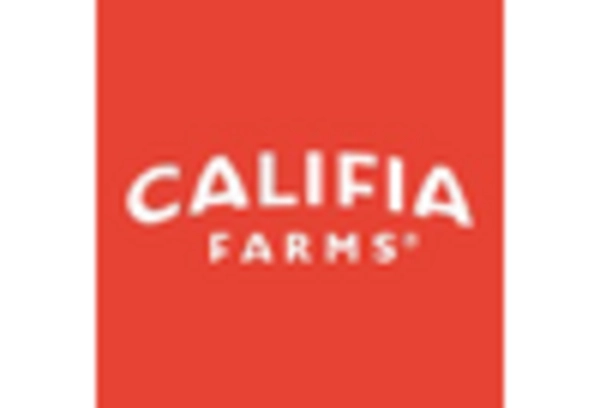
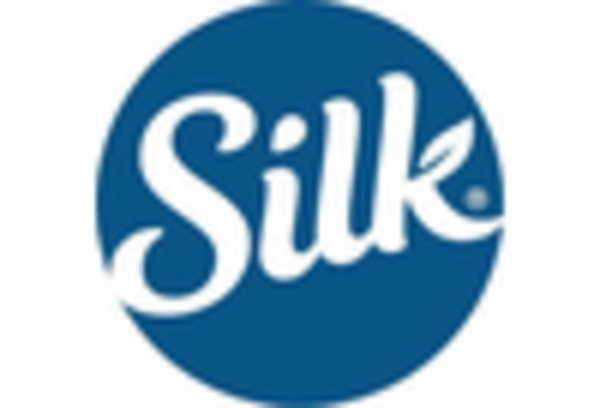









Leave a Comment